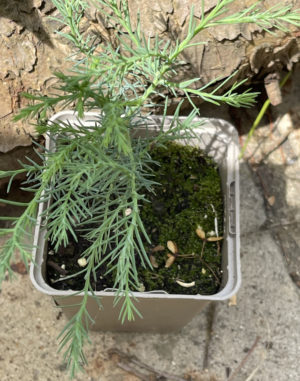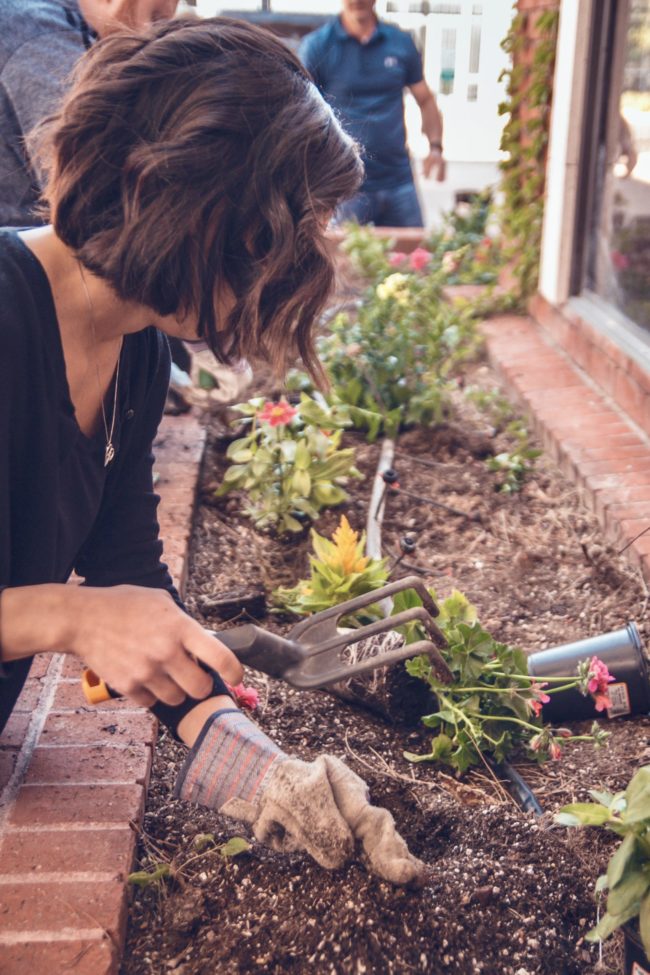Community tree planting.

There are many reasons to plant trees, but lots of us may not have the resources (experience, time, money or land) we need to get involved with tree planting, even if the desire is very much there. Fear not!
Getting involved, a little or a lot, is easier than you might think. There are countless reputable tree planting organisations across the UK which provide opportunities and information to those who are keen to get involved, but may not know where to start. It may be that you don’t have the space (or resources) to plant your own trees, or are a little tight on time but want to contribute where you can. You may be considering buying land to plant a family woodland and are on the lookout for some guidance and experience beforehand. Wherever you are coming from, volunteering for a local tree planting project or charity could be a good way to kickstart your tree planting journey. It’s also a wonderful way to meet like-minded people and make new friends.

Community tree planting is both cost effective and efficient. Planting up large areas of bare land is not a quick job. Although people are utilising innovative methods for planting trees (such as dropping saplings from helicopters in remote regions), tree planting is generally speaking a labour intensive activity. Lots of man hours can mean hefty costs too. But as the saying goes, many willing hands make light work, and so is the case with creating new woodland. Volunteering bodies can take care of the organisational and logistical elements of a planting project, allowing individuals to step in and learn new skills, connect with their communities and make a positive contribution to our climate. Fifty members of a local community could comfortably achieve the same as a far smaller team of professional foresters. Of course the spacings may not be quite as consistent, or the stakes quite as straight in the ground, but in the grand scheme of things this doesn’t matter! The process of planting a young tree can be learned by anyone, of (almost) any age, from any background!

Forest For Peterborough, a tree planting organisation in the UK, began with the aim of planting one tree per person in Peterborough, but has now planted over 100,000 trees to date and aims to plant 230,000 by 2030. They also offer education for young people so that they can learn how to make sustainable decisions and attempt to give people ‘opportunities to learn skills and connect with others.’ As well as the opportunities for socialising and meeting others, it is a great way to acquire new skills, confidence and a sense of fulfilment from engaging practically with the environment in which you live. For those who may not have the time, will or resources to take on their own tree planting project, volunteering alongside others offers could be just the answer. Getting outdoors and connected with nature is especially important since many of us have been working from home since the pandemic began, which has taken a toll on our essential need as humans to connect with other people and the natural world.

redwood seedling
As well as the social aspect of tree planting, there are a host of benefits associated with increasing the numbers of trees and green in spaces in the communities in which we live. It has been shown that people who interact more with nature are more likely to have a higher sense of self-esteem and be more resilient to stress, whilst reducing other mental health issues such as depression and dementia. For children, contact with nature can positively impact their affective, cognitive and moral development. Children who have views of trees are also more likely to succeed in school, meaning tree planting has both individual and communal benefits. Communities with more well-maintained trees have an involved social capital, too, whilst also reducing ‘violence and aggression in households, and limiting criminal activity in neighborhoods.’ Imperial College found that having high-quality green spaces in an area leads to its residents having a greater attachment to and sense of pride in their community. These all contribute to the overall cohesion of a community, something that we all want for the areas we live in.
Whether you want to meet new people, get more exercise, contribute to your community or be a part of a lasting legacy to help combat a changing climate, finding local tree planting groups could be an excellent step in improving your health, as well as the health of your community and our planet.

There are a huge number of volunteering opportunities across the UK, far too many to list exhaustively here, but please see a selection below which may be of interest:
Future Forests Networks: https://futureforestsnetwork.org/
Trees for Cities: https://www.treesforcities.org/get-involved
Avon Needs Trees: https://www.avonneedstrees.org.uk/volunteering/
Forestry England: https://www.forestryengland.uk/volunteering
Trees for Life: https://treesforlife.org.uk/support/volunteer/
Trees for Shropshire: https://treesforshropshire.org.uk/volunteer/
The Northern Forest: https://thenorthernforest.org.uk/get-involved/
The Heart of England Forest: https://heartofenglandforest.org/volunteer
Parks for London: https://parksforlondon.org.uk/community-tree-planting/

Comments are closed for this post.
